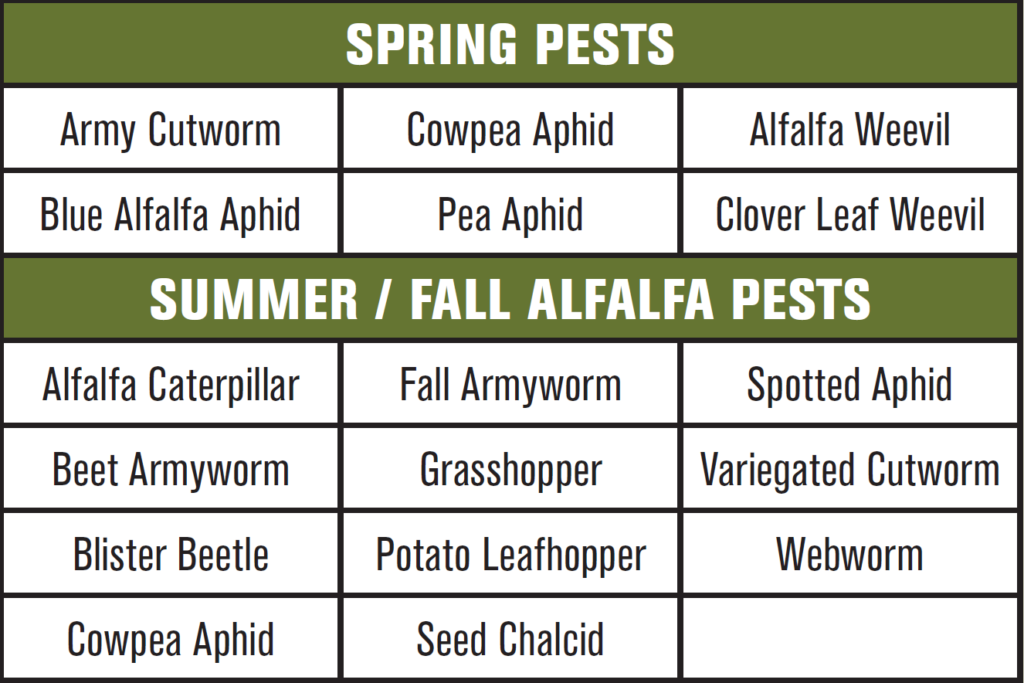Corn rootworm pressure has been steadily increasing over the past few years across the Midwest. Precision Agronomy Advisor Phil Long discusses how to identify and gauge pest pressure in your fields and plan for the future.
-
Latham Hi‑Tech Seeds
#AskTheAgronomist: Corn Rootworm Pressure Now and Into the Future

-
Latham Hi‑Tech Seeds
#AskTheAgronomist: Soybean Cupping and Recovery

Each year, many farmers observe cupping in soybeans for a variety of reasons ranging from herbicide drift to environmental factors. Precision Agronomist Phil Long covers how to stage damage and evaluate recovery potential.
-
Latham Hi‑Tech Seeds
Scout Alfalfa for These Damaging Pests
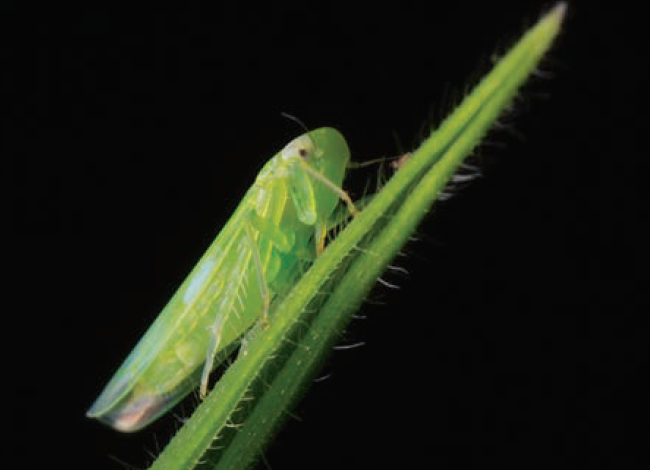
As with all crops, scouting alfalfa acres is key to controlling pests. Each pest has a different life cycle based on different variables, such as heat and moisture. While weather plays a key role, there are still cyclical patterns in which pests are more common. Below is a chart showing the most damaging pests to scout for according to season.
Potato Leafhopper and Pea Aphids are the two pests that cause the most damage annually across Latham Country. Many farmers question how to judge when spraying an insecticide is a wise choice. Below are some tips to help you scout fields and arrive at a decision.
- WHAT TO LOOK FOR. Scouting should begin five to seven days after the first cutting is taken and should continue weekly or bi-weekly if population counts reach close to threshold on a particular day. When scouting for Potato Leafhoppers, look for stunted plants, yellowing leaves in a v-shaped pattern beginning at the leaf tip, as well as “hopperburn,” or a red edge found on the leaf. This red burn can be easily confused for Boron deficiency. Pea Aphids will cause plants to lose their green color and wilt.
- HOW TO TAKE SWEEP SAMPLES. The easiest way to scout for these insects is to use a small sweep net. Walk a W-shaped pattern in the field, taking samples from five randomly selected areas. Leafhopper infestations generally begin on the edges of the field, so include these areas in your checks. Tips for Taking Sweep Samples:
- Swing the sweep net in a 180-degree arc, so the net rim strikes the top 6 to 8 inches of growth. Each 180-degree arc is one “sweep.”
- Take a sweep from right to left, walk a step, take another sweep from left to right, and so on.
- After taking five sweeps, quickly close the net and count the number of each insect.
- Divide this number by five to get the average for that area; record the average for each of the five areas in the field.
- THRESHOLDS AND TREATMENT. A plant’s immune system tends to handle more pressure as alfalfa matures, however, the harmful compounds that each insect species injects while feeding can reduce yields. When left unmanaged, severe cases can shorten the life cycle. Treatment for Potato Leafhoppers and Pea Aphids can follow these guidelines.

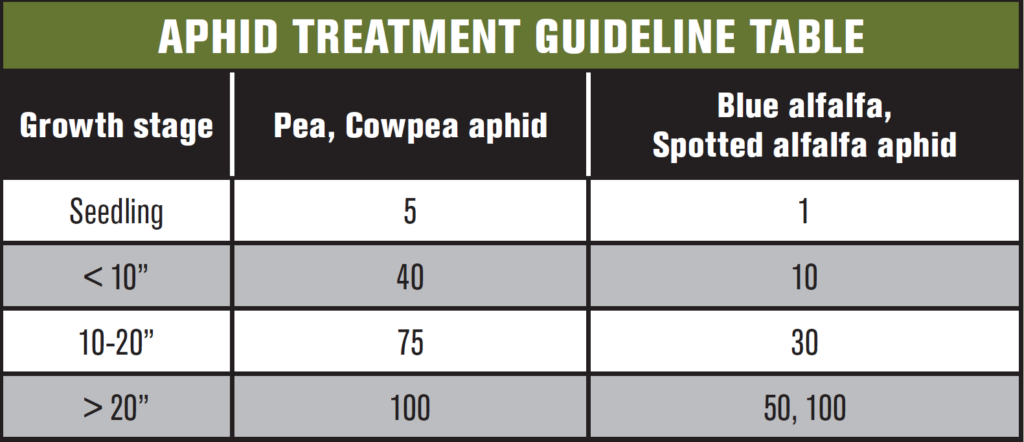
Early harvests often can be used to control both leafhoppers and aphids. Insecticides are a tool to help alter the life cycle of a pest and are especially helpful if thresholds are reached when alfalfa is small. Several insecticides are labeled for alfalfa with different classes and modes of action. Most have a harvest wait period depending on class and rate used. Be sure to follow the label guidelines closely. As with herbicides, alternating modes of action reduces the risk of resistant pests.
-
Latham Hi‑Tech Seeds
Finding the Right Products for Your Farm
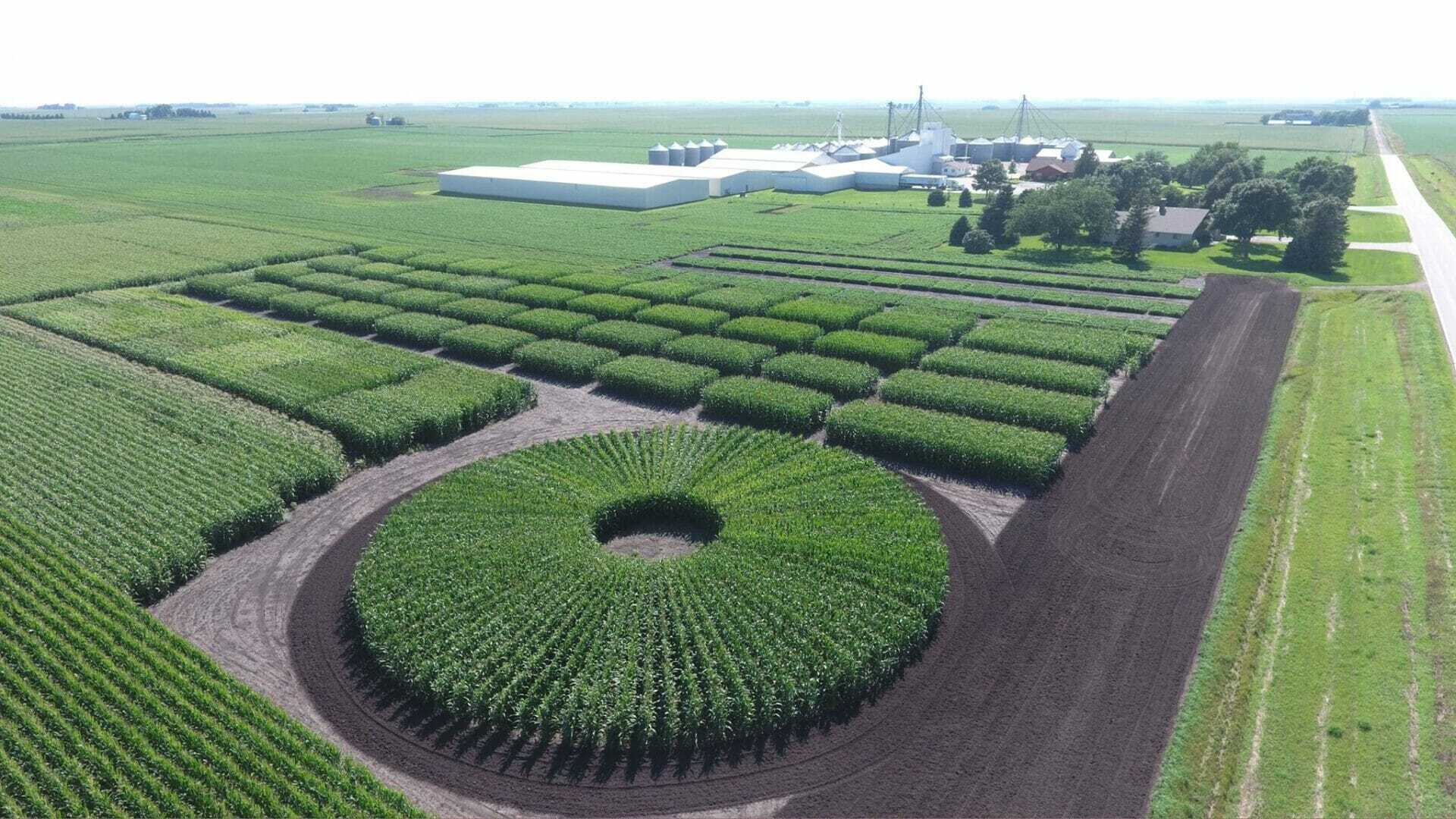
At Latham Hi‑Tech Seeds, we take pride in our ability to identify the best corn hybrids and soybean varieties to match our customers’ needs. We take time to listen to our sales team, which includes our dealers, talk about the needs of farmers across Latham Country. Their information about desired characteristics helps direct our research and testing efforts.
The journey to finding new products begins with our robust collaborative access to germplasm. Latham’s Product Team works in conjunction with many germplasm sources, including our own, to fuel our search to find the best products for the specific geographic regions we serve. We also have great relationships with trait providers to bring needed traits into our products. After we either find or create the desired genetic combinations, we move into the evaluation stage of our process.
Our Elite Trial program continues to grow with additional test locations across our sales footprint. We are testing in every corner of Latham Country. This means that we test products where they would be sold, which allows us to find unique niche products that excel in a local environment.
To help position products to fulfill our needs assessment, our regional sales managers (RSMs) get an early look at the products we’re considering for our lineup. Having “in-trial” conversations about products with our sales team is a tremendous benefit to Latham’s Product Teams. In addition, conversations about products in trials helps builds confidence with our sales team to position products. We have consolidated both our corn and soybean evaluation processes into one Elite Trial system, which allows our product teams to assess data more easily.
Once we identify products from the Elite Trials that meet Latham Hi‑Tech Seeds’ standards and fulfill our customers’ needs, we release them for sale. We also place these new products in our Latham Showcase plots, as well as in the independent F.I.R.S.T. Trials program, to once again showcase the performance of these new products and to provide opportunities for our customers to gain confidence in their performance.
Latham’s track record of performance in our Showcase plots and F.I.R.S.T. Trials proves the system we have built works! Our process of beginning with a large diverse pool of genetics; testing potential new products thoroughly in all parts of our footprint; and proving our performance in our final stages of Latham Showcase and F.I.R.S.T. Trial plots complete our journey in finding outstanding products.
I’m so excited about the products we’re testing this summer and look forward to talking about them in more detail at our upcoming field days. Watch your mail and social media for more details coming soon!
-
Latham Hi‑Tech Seeds
Get an “Early Look” at New Products

We have an exciting product lineup in store for 2022!
In September 2020, Bayer CropScience announced the approval of XtendFlex® soybeans for the 2021 growing season. Latham Hi‑Tech Seeds was prepared and launched seven new soybeans in this exciting new technology. We believe this new trait gives farmers an extra tool for battling the ever-increasing problem of herbicide-resistant weeds.
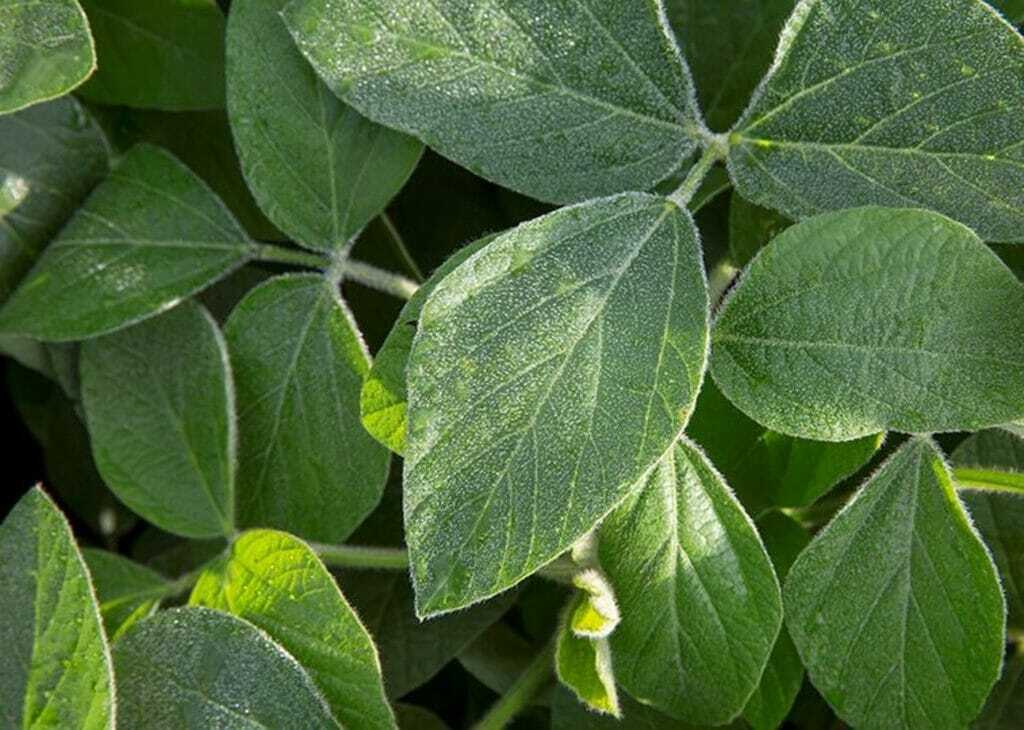
For the 2022 season, we are introducing these six new XtendFlex products:
- L 0254 XF – This 0.2 soybean carries the C-gene for Phytophthora, full resistance to Brown Stem Rot and excellent tolerance to Iron Chlorosis. Avoid SCN-infested fields.
- L 0984 XF – Featuring the Rps3-a gene for Phytophthora, this new 0.9 product also has strong tolerance to SCN, Brown Stem Rot, White Mold and Iron Chlorosis.
- L 1383 XF – This new Ironclad has L 0982 R2 as a parent! It has the Rps-3a gene, full resistance to Brown Stem Rot and good scores for White Mold, IDC, SCN and Stress.
- L 1784 XF – L 1858 R2 is a parent of this new 1.7 soybean! It features strong SCN, full resistance to Brown Stem Rot with very good scores for Iron Chlorosis and Stress.
- L 2786 XF – This new line has the Rps1-c gene for Phytophthora, full resistance to Brown Stem Rot and strong tolerance to SCN, White Mold, Iron Chlorosis and Stress.
- L 3086 XF – Replacing L 3058 XF, this SCN bean features the Rps1-c gene, full resistance to BSR and great tolerance to White Mold & Stress. It’s a fantastic Ironclad for no-till acres.
On the Enlist E3® side, we are adding four new soybeans:
- L 1219 E3 – This 1.2 bean carries the Rps1-c gene for Phytophthora and strong tolerance to SCN, SDS, Stress and Iron Chlorosis. It also has the Excluder gene for high-salt soils.
- L 1558 E3 – Here’s a 1.5 Ironclad that features the Rps3-a gene for Phytophthora, full resistance to BSR and great scores for SCN, Sudden Death, Iron Chlorosis and Stress.
- L 2458 E3 – This new E3 line has the Rps1-k gene, full resistance to BSR and strong scores for SCN, Sudden Death, Frogeye, Charcoal Rot, Stress and Iron Chlorosis.
- L 3479 E3 – Highlights of this new 3.4 bean K-gene for Phytophthora include complete BSR resistance, great SCN tolerance and strong scores for Sudden Death, IDC and Stress.
Our Product Development Teams have really done their homework for next year! Be sure to check out next month’s blog when we will highlight new corn products for 2022.
The legacy that we build our product decisions on is based on a foundation of quality and performance. We believe this foundation benefits Latham® dealers and their customers because we provide seed that is bred specifically for their geographies. Rest assured WHY we do what we do will never waiver!
-
Latham Hi‑Tech Seeds
Planting Depth Matters
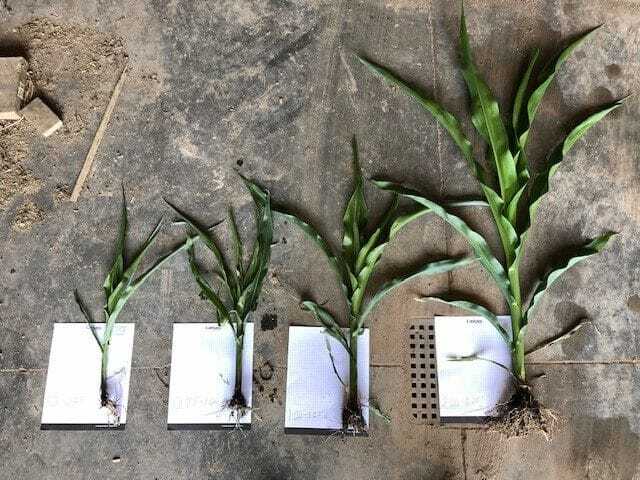
The below is a look at an on-farm planting depth study conducted by our sales representative from southeast Iowa. Photos were taken in the same field, the same location, planted the same day with the same hybrid. The only variation between each is planting depth. The hybrid shown is LH 6477 VT2 PRO planted on May 12 and the photos are from the last week of June.
Planting depths are as follows:
- On top of the ground to ¼-inch planting depth
- ¾ to 1-inch planting depth
- 1 to 1 ¼-inch planting depth
- 2 to 2 ¼-inch planting depth
Those planted at optimal depth have much better nodal roots and root mass to anchor that plant into the rapid growth stages we’re observing now.

Comparison of planting depth using hybrid LH 6477 VT2 PRO planted May 12 at the same field and location. 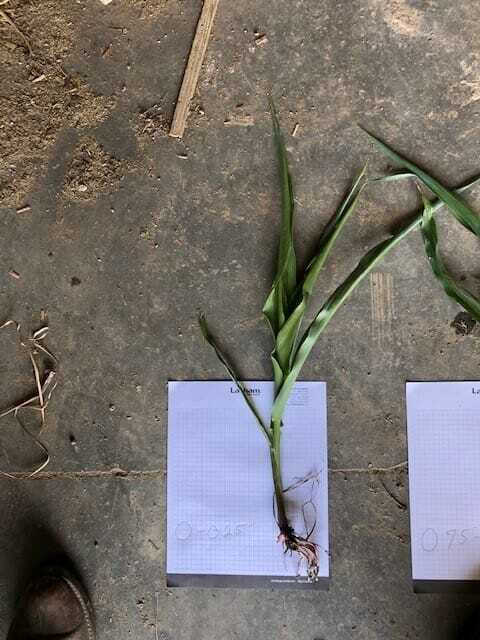
On top of the ground to ¼-inch planting depth 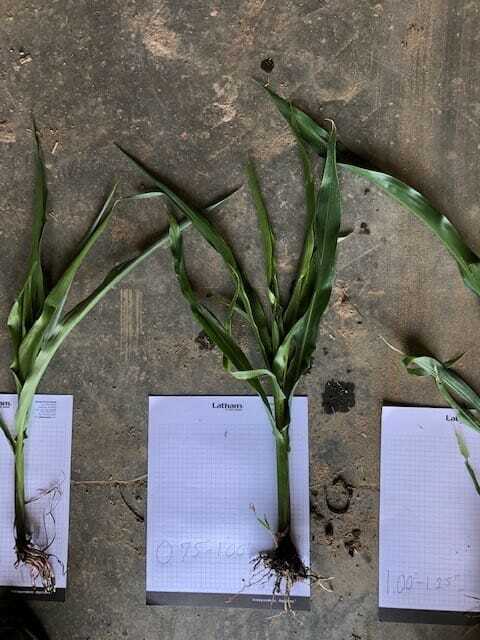
¾ to 1-inch planting depth 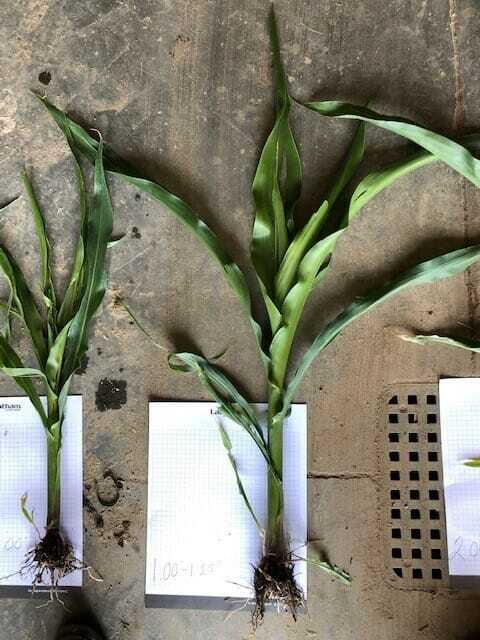
1 to 1 ¼-inch planting depth 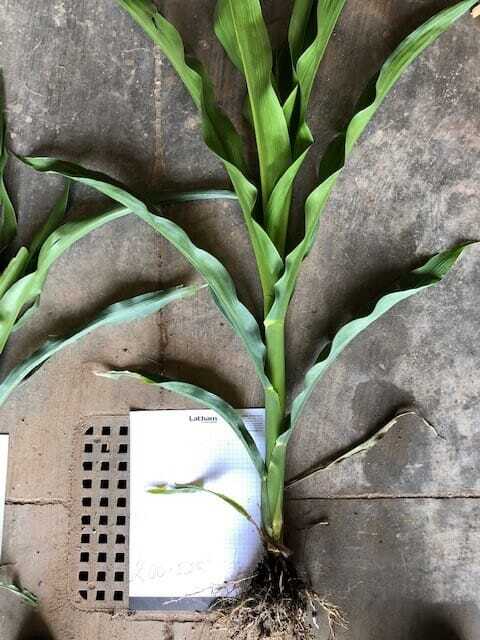
2 to 2 ¼-inch planting depth -
Latham Hi‑Tech Seeds
#AskTheAgronomist: Pollination and Silk Growth, Part 2

In Part 2 of this series on pollination and silk growth, Latham’s Pre-Commercial Product Manager Bob Foley further explains how the silk to pollen interaction translates into final yield. Watch Part 1 of the series here.
-
Latham Hi‑Tech Seeds
#AskTheAgronomist: Pollination and Silk Growth, Part 1

Latham Pre-Commercial Manager Bob Foley explains silking and pollen growth with a look at development over a multiday time frame. Knowing the stages of growth can help you understand how various stressors affect your crop. Watch Part 2 of the series here.
-
Latham Hi‑Tech Seeds
#AskTheAgronomist: Fungicide Considerations in Dry Weather

To apply fungicide or not to apply fungicide? This question is on the minds of many growers as we continue through a relatively dry growing season. Precision Agronomist Phil Long discusses the pros and cons of fungicide in both corn and soybeans.
-
Latham Hi‑Tech Seeds
The SoyShield Plus Saltro Difference

These photos, submitted from a field in southeast Iowa, show a side-by-side comparison of Latham SoyShield Plus with Saltro against eight competitor entries. Click here for more information on Latham’s Seed Treatment offerings.
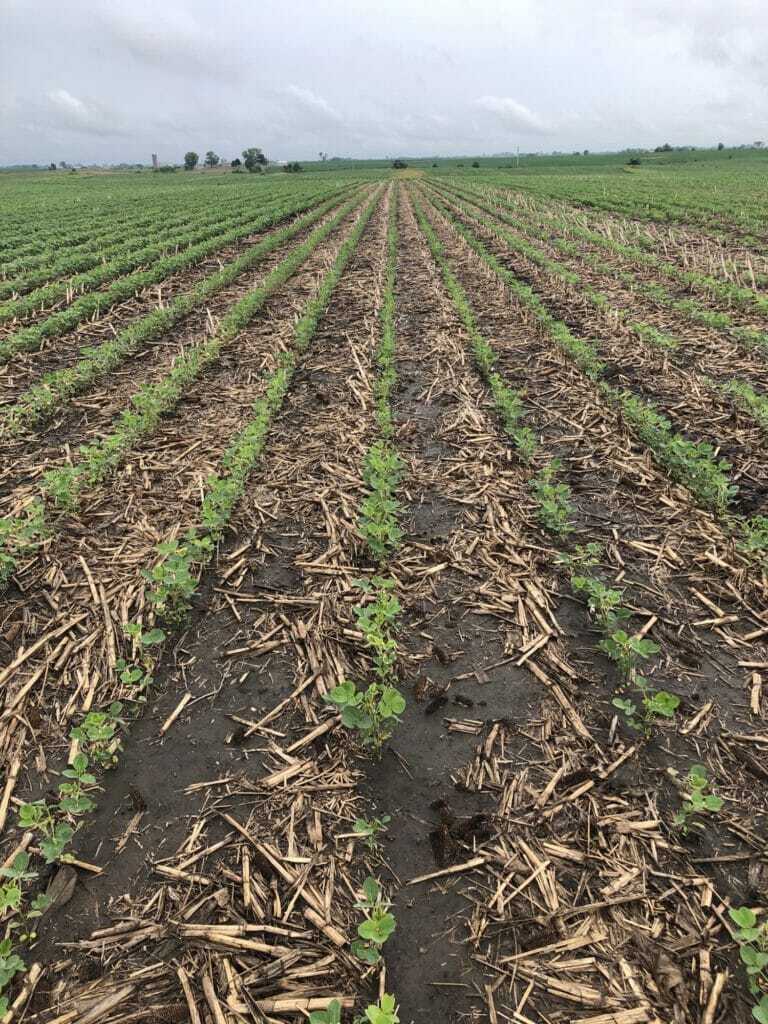
Eight competitor entries. 
Latham SoyShield Plus with Saltro.
